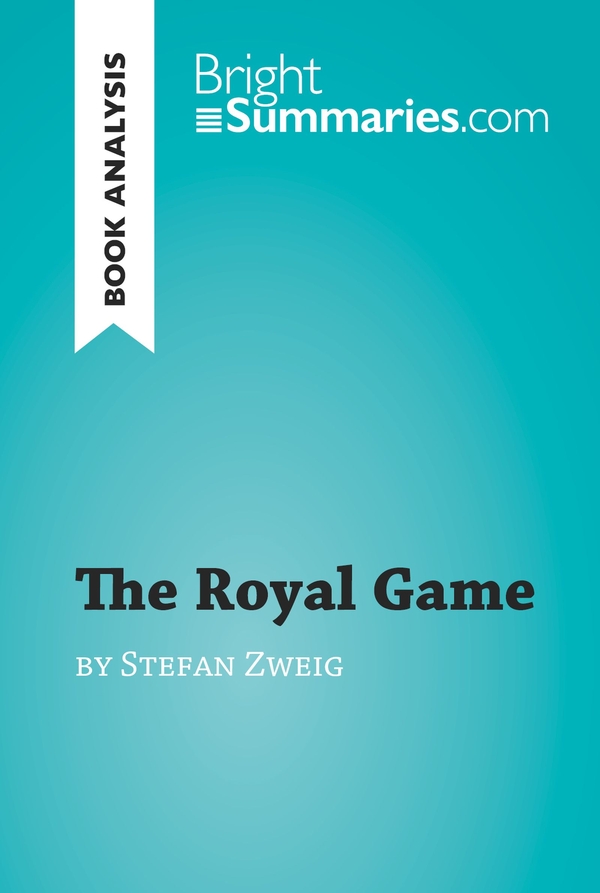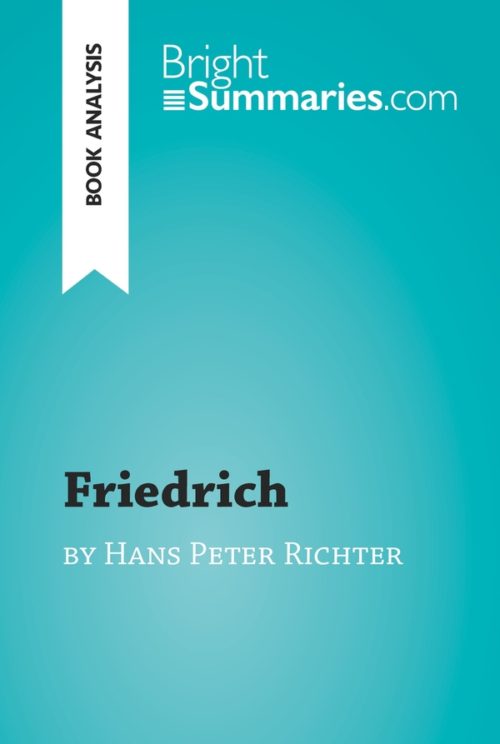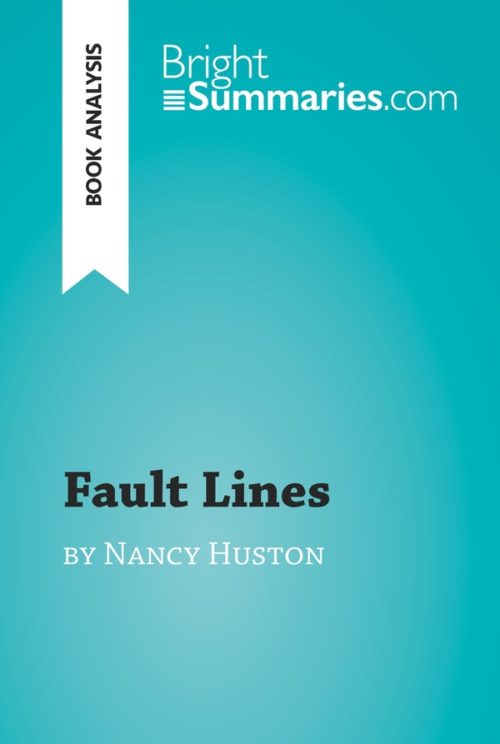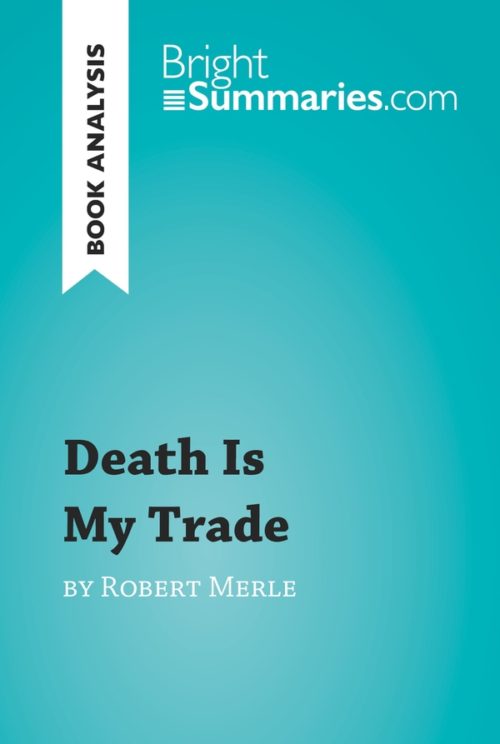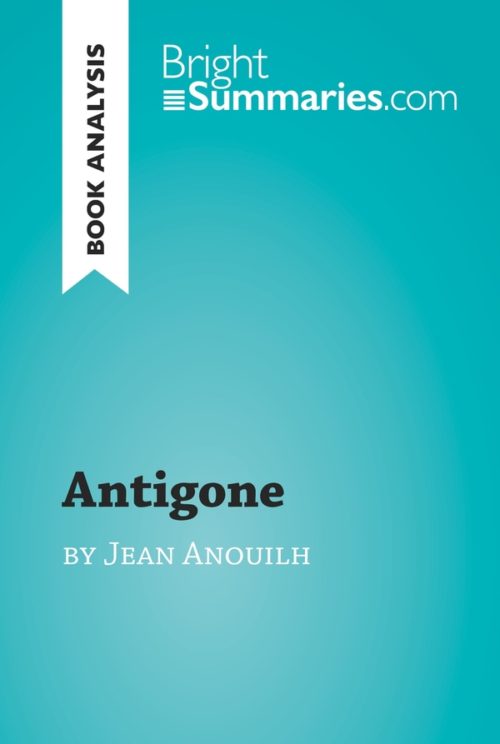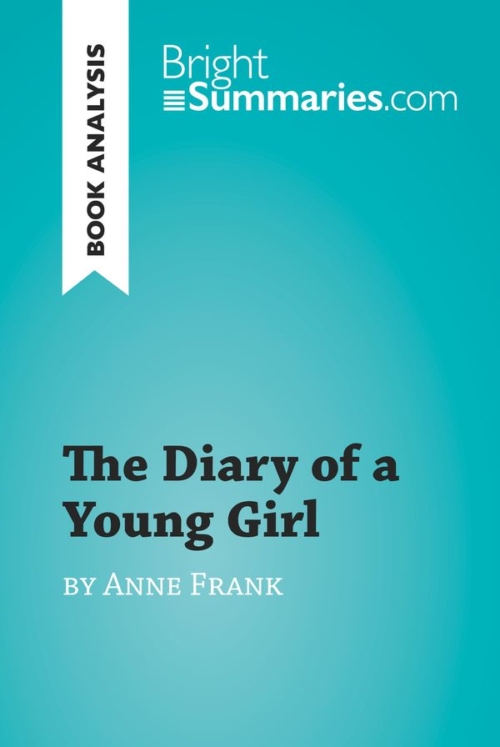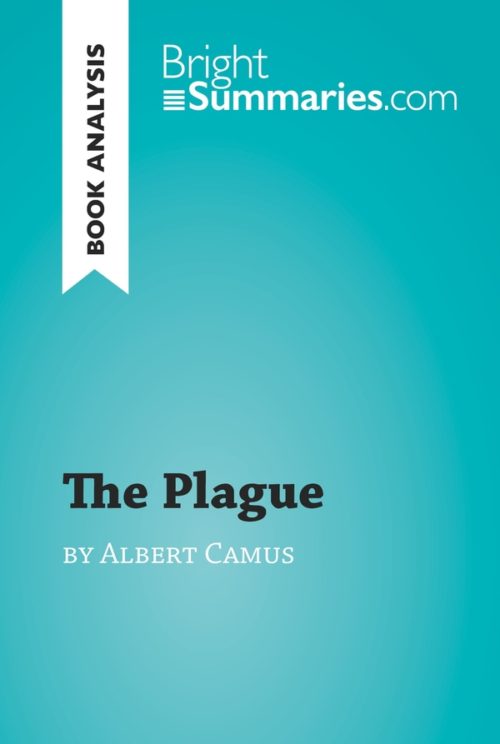The Royal Game by Stefan Zweig (Book Analysis)
The Royal Game by Stefan Zweig (Book Analysis)
Detailed Summary, Analysis and Reading Guide
Read more
This practical and insightful reading guide offers a complete summary and analysis of The Royal Game by Stefan Zweig. It provides a thorough exploration of the novella’s plot, characters and main themes, including in particular the rise of totalitarianism and the nature of passion. The clear and concise style makes for easy understanding, providing the perfect opportunity to improve your literary knowledge in no time.
This clear and detailed 25-page reading guide is structured as follows:
- Biography of Stefan Zweig
- Presentation of The Royal Game
- Summary of The Royal Game
- Character study
- The narrator
- Mirko Czentovic
- McConnor
- Dr B
- Analysis of The Royal Game
- The circumstances surrounding the rise of Nazism in the 20th century
- Dr B and Czentovic, opposing personalities and values
- The symbolism of chess
About The Royal Game
The Royal Game is the last novella written by Stefan Zweig, and was published posthumously in 1943. This apparently simple story about one man’s passion for chess and a tense game of chess on board a cruise ship actually deals with a number of serious topics, including passion, madness, solitude and opposition in the face of enemy forces. This last theme is particularly important, given that the novel was written against the backdrop of the rise of totalitarianism in Europe and was published during the Second World War.
About Stefan Zweig
Stefan Zweig was an Austrian writer, playwright, journalist and biographer who enjoyed immense popularity across Europe and the United States during the first half of the 20th century. His writing stands out in particular for its profound humanism, simple style and close examination of psychology and human nature. His best-known works include The Royal Game, Twenty-Four Hours in the Life of a Woman and Confusion of Feelings. He fled Europe after Hitler’s rise to power, and his books were publicly burnt in Munich. He committed suicide in Brazil in 1942.
Product details
| ISBN | 9782806279705 |
|---|---|
| Publisher | Plurilingua Publishing |
| Collection | BrightSummaries.com |
| Format | |
| Pages | 25 |
| File size | 1.4 MB |

